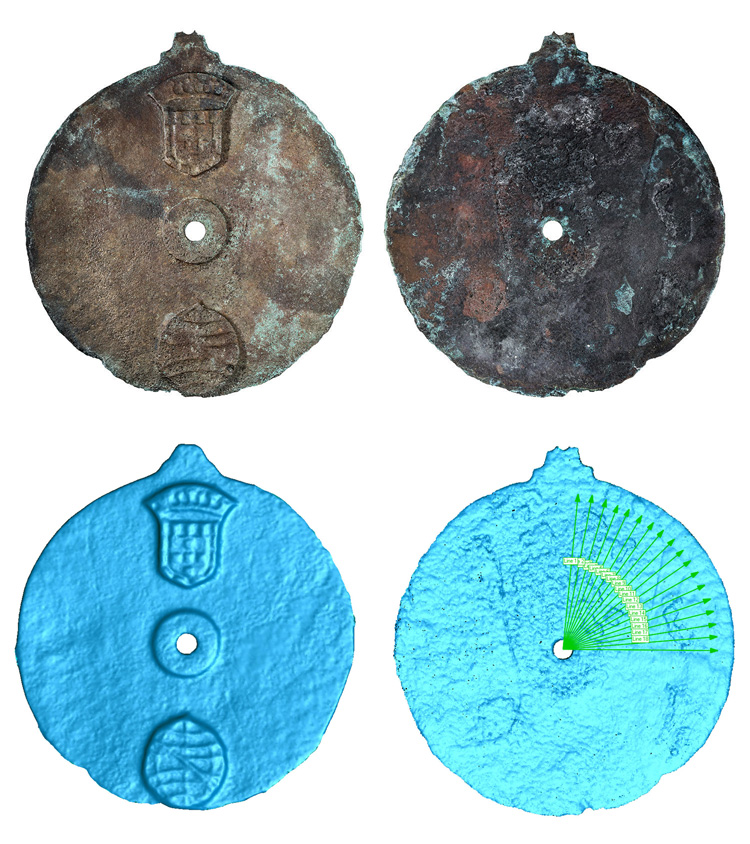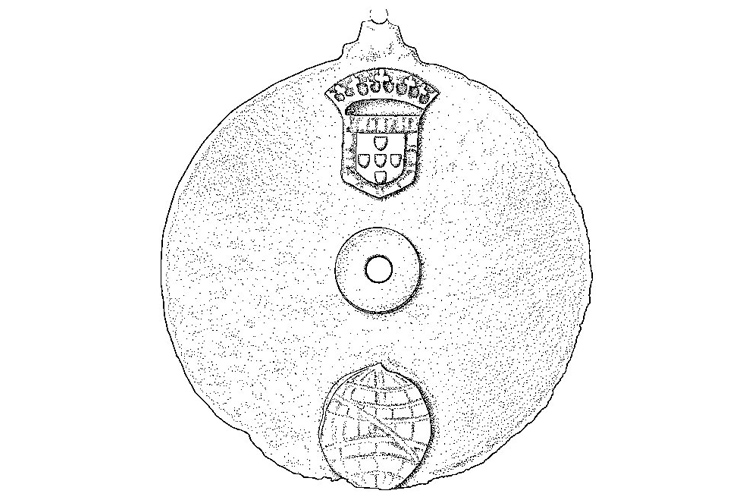Researchers from the University of Warwick state that the astrolabe found in 2014 in the Indian Ocean is the oldest known marine navigation tool.
An astrolabe is an ancient tool used by navigators and astronomers to identify planets and stars, determine the local latitudes, and make geographical triangulations.
The relic was excavated by Blue Water Recoveries.
Initially, the team was not able to spot any navigational markings on it, so the object was sent to a laboratory in Warwick, England. The scanning analyses revealed invisible details using a high-resolution 3D model.
The bronze astrolabe measures 17.5 centimeters in diameter.
It features the Portuguese coat of arms and the personal emblem of D. Manuel I, the King of Portugal who ruled the country from 1495-1521.
"It's a great privilege to find something so rare and historically important - something that will be studied by the archaeological community and fills in a gap," underlines David L. Mearns, the man who led the excavation.

A Treasure from Esmeralda
The Portuguese astrolabe was recovered from the wreck of the Esmeralda.
Esmeralda was a ship that was once captained by the uncle of Portuguese ocean explorer Vasco da Gama, the first to sail directly from Europe to India.
The Esmeralda was making its second voyage to India when it sank in the Indian Ocean in 1503 after a storm.
The astrolabe is currently displayed in the National Museum of the Sultanate of Oman.
Historians and scientists believe that the first astrolabe was developed by Hellenistic civilization somewhere between 220 BC and 150 BC.
However, this instrument continued to be an essential navigation tool until the 18th century.
